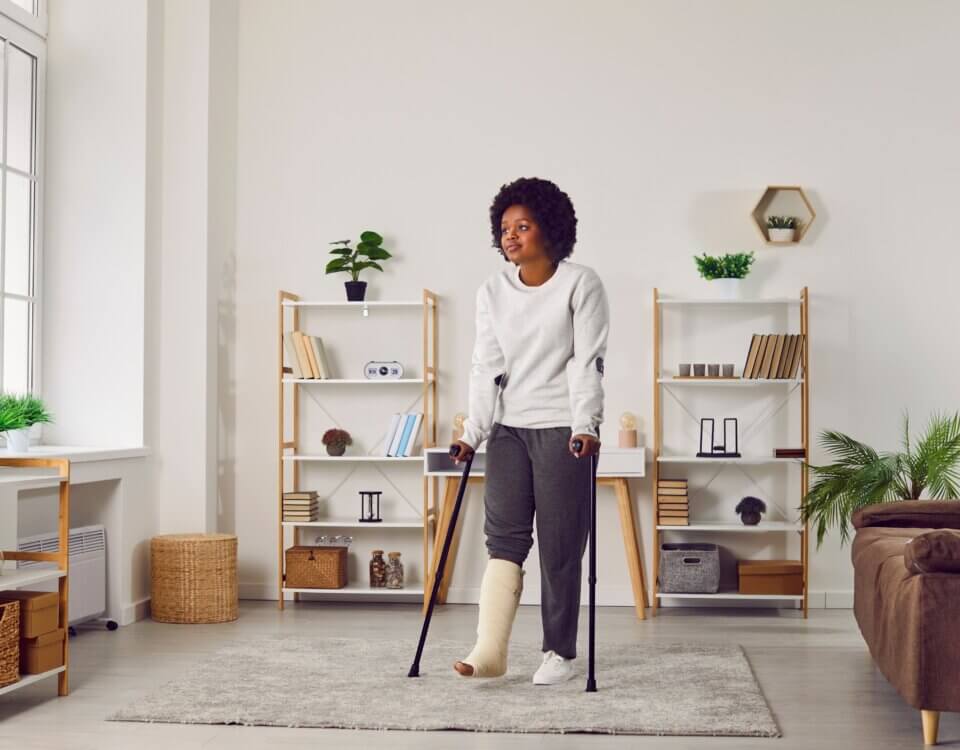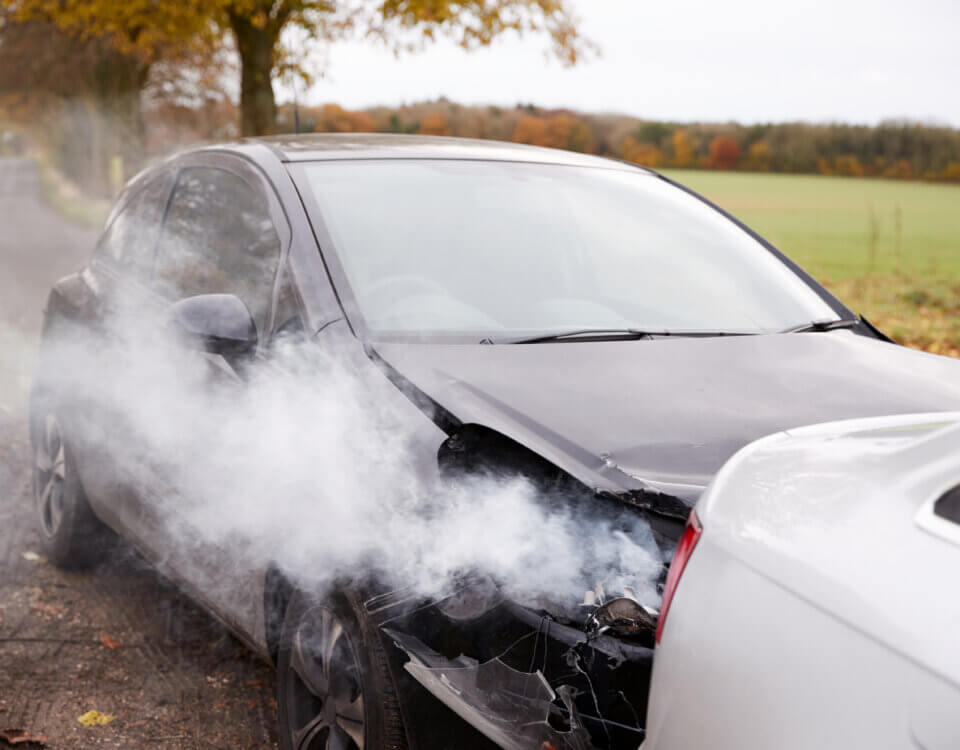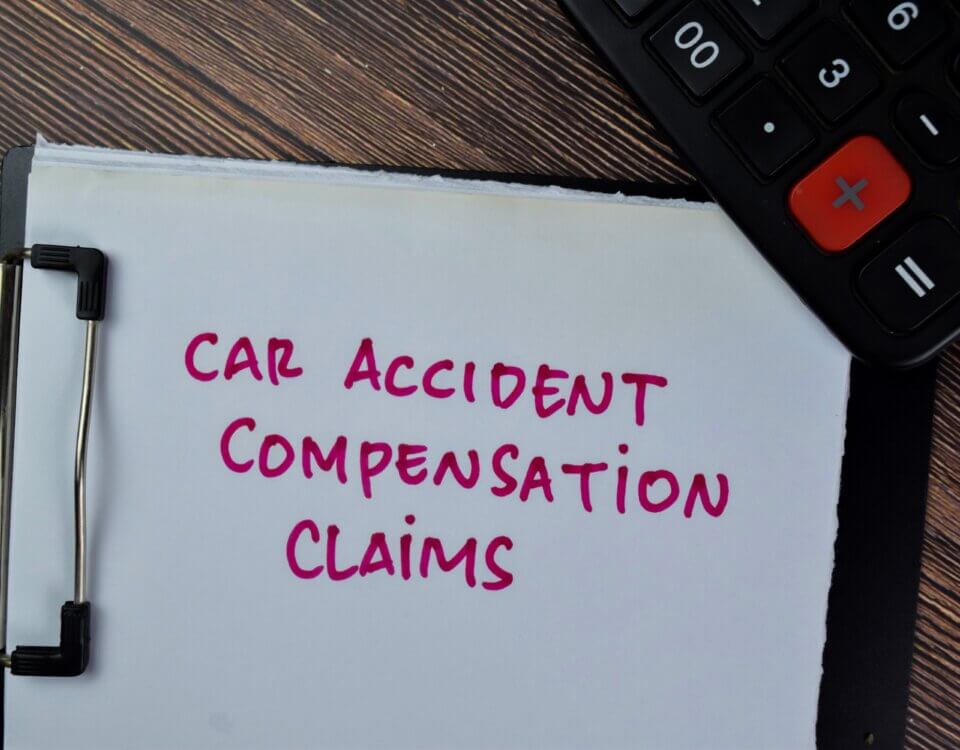Roundabouts are becoming increasingly common across California, and for good reason, they’re proven to reduce serious crashes. Understanding how they improve safety and where new ones are being built can help drivers adapt and communities advocate for safer streets.
How Roundabouts Improve Safety
- Fewer Conflict Points – Traditional intersections have multiple points where vehicles can collide. Roundabouts reduce these points, lowering crash risks.
- Lower Speeds – The circular design forces drivers to slow down, reducing the severity of collisions.
- Improved Traffic Flow – Fewer stops mean less congestion and fewer rear-end accidents.
- Better Pedestrian Safety – Shorter crossing distances and slower vehicle speeds make crossings safer for walkers and cyclists.
Locations in California Seeing New Roundabouts
Cities and counties adding or planning roundabouts include:
- Santa Rosa and Petaluma (Sonoma County) – Upgrades to replace outdated four-way stops.
- Santa Barbara County – New installations on busy coastal routes.
- Sacramento Suburbs – Several roundabouts planned to ease congestion in growing neighborhoods.
- San Diego County – Coastal communities like Encinitas are testing roundabouts to improve safety near schools and parks.
Tips for Navigating Roundabouts
- Yield to traffic already in the circle, do not stop inside the roundabout.
- Use your turn signal when exiting.
- Watch for pedestrians and cyclists in crosswalks around the roundabout.
- Stay in your lane and avoid sudden lane changes.
Community Benefits Beyond Safety
Roundabouts can also beautify intersections with landscaping, reduce vehicle emissions from idling, and lower long-term maintenance costs compared to signalized intersections.
A Growing Trend for Safer Roads
As more California cities adopt roundabouts, drivers who learn how to navigate them confidently can contribute to safer, more efficient traffic flow. Communities that support these installations are investing in a proven solution to prevent serious accidents.
Note: These blog posts are created solely for the use of Hillstone Law. The information is gathered from internet research, publicly available sources, and artificial intelligence (AI) tools such as ChatGPT. While we aim to share helpful and educational content, Hillstone Law does not independently verify every detail. Some information may be incomplete, outdated, or subject to change without notice. If you believe any part of a post is inaccurate, misleading, or infringes upon copyright, please contact Hillstone Law immediately so we can review it and take appropriate action, including correction or removal.
Disclaimer: The material provided in these blogs is for general informational purposes only and should not be considered legal advice. Reading these posts does not create, and is not intended to create, an attorney-client relationship with Hillstone Law. Our intent is to share knowledge, raise awareness, and provide helpful resources to the public; however, Hillstone Law makes no warranties or guarantees about the accuracy, completeness, or reliability of the information provided, and expressly disclaims liability for any actions taken in reliance on it. The photos used in these posts are for illustrative purposes only and do not depict actual clients, individuals, or incidents unless expressly stated. If you or a loved one has been injured in an accident, please contact Hillstone Law at (855) 691-1691. Our attorneys are available to answer your legal questions and help you understand your rights.







